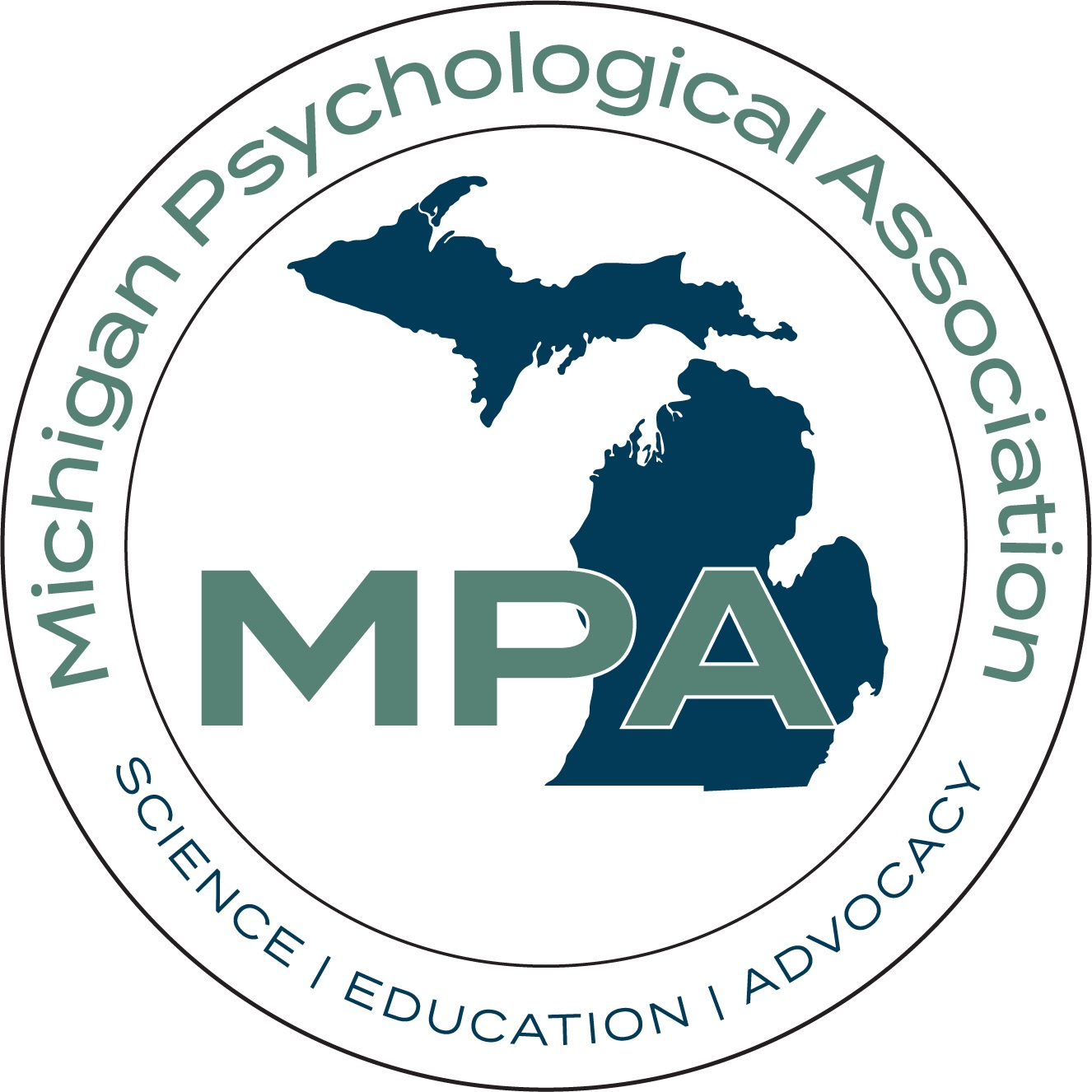What’s New in Psychology?
The Risk of Frequent Use of YouTube
Jim Windell
YouTube was launched in 2005 and is now the biggest video-sharing platform and the second-largest social media platform in the world. Recent statistics reveal that there are more than 2.68 billion users of YouTube – to be clear, that’s 2.68 billion with a B.
More than 122 million people visit YouTube every day and the majority of YouTube users are between the age of 25 and 34.
So, what does using YouTube have to do with psychology?
Dr. Luke Balcombe, Australian Institute for Suicide Research and Prevention (AISRAP), and Emeritus Professor Diego De Leo, also from AISRAP, and both from Griffith University’s School of Applied Psychology in South East Queensland, sought to understand both the positive and negative impacts of the world’s most used streaming platform on mental health.
In the study, which was recently published in the journal Informatics, the investigators reviewed past and present empirical and theoretical literature to provide a more comprehensive understanding of a specific phenomenon or healthcare problem. This integrative review purposively sampled from four databases: Scopus, ScienceDirect, Sage, and the Association for Computing Machinery (ACM) Digital Library. Balcombe and De Leo used the search terms “loneliness,” “mental health,” “YouTube” and “human–computer interaction.” The same search terminology was used in three search engines (PubMed, Google Scholar, and IEEE Xplore) as well as searching the reference lists of relevant reviews. In addition, Balcombe and De Leo also explored conference proceedings, book chapters, websites, a blog and a handbook. A 2005–2023 search range was applied because YouTube became generally available in 2005.
The results of this research revealed that the age group most impacted by adverse effects were those below 29 years of age and those who frequently viewed content related to others' lives. Dr. Balcombe, the primary author of the study, stated that the formation of parasocial relationships between content creators and their audience could be worrying, although some instances of neutral or positive connections between creators and their followers were also observed.
According to Balcombe, “For some individuals, these virtual 'relationships' can compensate for a lack of in-person social interactions, particularly for those who struggle with social anxiety. Nevertheless, it can amplify their problems when they fail to engage in face-to-face communication, which is especially crucial during developmental years.”
In the study, watching YouTube videos for more than two hours per day was categorized as high-frequency use, while viewing videos for over five hours a day was considered saturated use. The research also concluded that more efforts are required to prevent the recommendation of suicide-related content to users based on algorithm-generated suggested viewing. Although it would be ideal if individuals were unable to search for such topics and encounter suicide-related methods, the YouTube algorithm often suggests content based on users' previous searches, leading them down a distressing "rabbit hole."
The review found that YouTube use had both a positive and negative impact on loneliness and mental health in a diverse range of users. There were indications of slightly more negative impact reports with the most at-risk group for loneliness and mental health problems being young people. This group’s vulnerability is difficult to protect, despite great efforts to do so by YouTube. The increasing and varying use of YouTube means it is important to understand its effect on users. Studies that analyzed data from objective sources were more likely to suggest a positive effect (e.g., information sharing and peer-to-peer mental health support) and a stronger interest in mental health. In contrast, studies based on subjective reports were more likely to describe higher instances of mental illness in vulnerable individuals.
From a public health perspective, YouTube represents a good example of the social and clinical consequences of social media use. Primary prevention is the best strategy to address the problem of safeguarding vulnerable and at-risk individuals.
The study stated that risk awareness is required for vulnerable YouTube users and those responsible for them (e.g., young people and their parents/guardians in addition to health practitioners) regarding some content on suicide being potentially inaccurate or unsafe. The authors write that “For those prescribing YouTube for education use, psychoeducational programs should be created and delivered to fill this gap. However, YouTube is mostly used for personal reasons, such as information seeking/sharing as well as entertainment. There is an unrealized potential to devise strategies for mental health promotion aligned with this use.”
The report noted that there is a good potential of integrating technological, clinical, and family-based solutions for intervening in problematic and risky YouTube use: “We propose a concept whereby independent-of-YouTube algorithms aim to detect recommendation bias and errors as well as moderate interventions through recommending safe and appropriate mental health content or advertising campaigns. Therefore, we suggest that informatics and mental health professionals codesign and develop a protocol of an independent-of-YouTube algorithmic recommendation system and pilot a program that steers potentially at-risk users to appropriate content/advertisements with a verified positive mental health/suicide prevention impact. For example, advertisements may be useful for recommending vetted public and/or private mental health resources delivered in a blended model of care.”
In conclusion, Balcombe suggests, “To combat loneliness and foster favorable mental health, we advise people to restrict their time spent on YouTube and explore alternative modes of social interaction.”
To read the original article, find it with this reference:
Balcombe, L. & De Leo, D. (2023). The Impact of YouTube on Loneliness and Mental Health. Informatics. 2023; 10(2):39. https://doi.org/10.3390/informatics10020039




